Garden soil is made up of 4 main physical elements in varying amounts that determine your soil type: sand, limestone, clay and humus.
Perfect soil is called free soil:
clay: about 20%
limestone: about 10%
humus: about 10%
sand: about 60%.
The goal, with the amendments below, is to get as close as possible to the free soil because, obviously, it does not exist in its natural state!
But you still need to know how to recognize your soil type in order to improve it without necessarily having to call in a specialist.
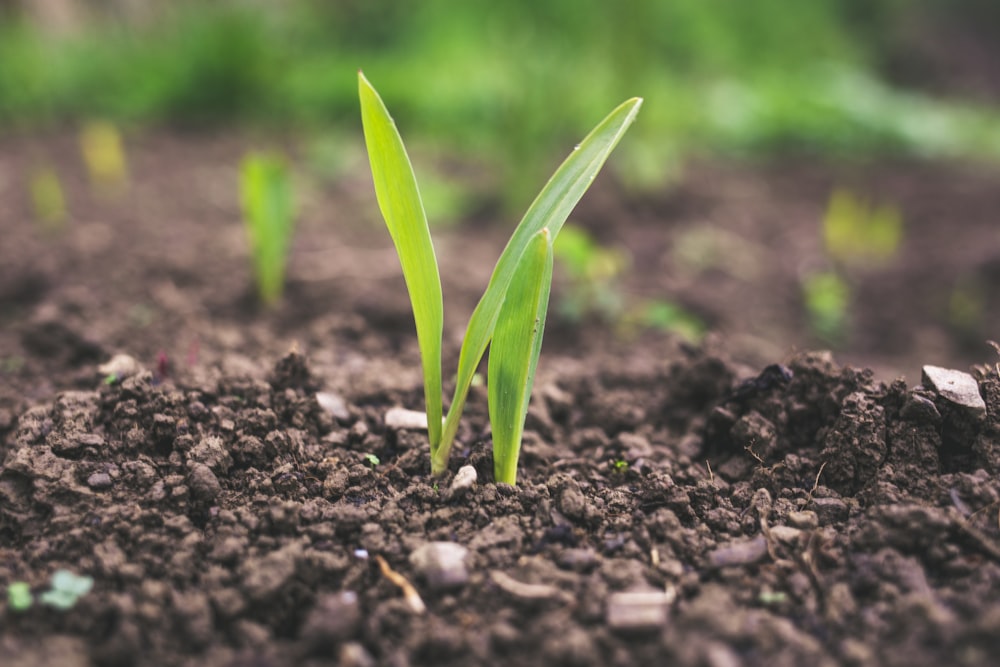
Clay Garden Soil
Clay holds moisture effectively due to its density, and it also has a higher nutrient content than other soil types. This is because clay soil particles are negatively charged, meaning they attract and retain positively charged ions like calcium, potassium, and magnesium.
If you feel that your clay soil is having some tough times, you can add some sand, compost, or manure to give it a quick boost.
What Plants for Clay Soil?
Shrubs: Cotoneaster, Pyracantha, Cornus, Viburnum, Mahonia and Berberis.
Flower: Hydrangea, Chaenomeles, Weigela, Buddleja and Forsythia.
Vegetables: Cauliflower, Squashes, Onions, Leeks, Cabbage and Pumpkins.
Calcareous Garden Soil.
Calcareous garden soil is also very recognizable by its light colour and the number of stones per m²; it is also recognizable by its spontaneous flora such as poppies, cornflowers, ranunculus or thistles; it is a difficult soil to work because it is very compact and the tools break.
Advantages of Calcareous Garden Soil.
It has a high potential for production with enough water and nutrients. Because of the high calcium saturation, calcareous soils tend to stay well aggregated and in good physical shape. You can improve the quality of your soil with sand, manure or peat moss, and adding these will make it more acidic and you shall need to remove stones regularly.
What Kind of Vegetation for Calcareous Soil?
Shrubs: Lavender, Seringa, Lilac, Spirea and Boxwood.
Vegetable garden: Cabbage and plants of the cruciferous family.
Perennials: Aconite, Hollyhock, Columbine, Anemone, Aubrieta, Campanula, Valerian, perennial geranium, iris, poppy, thyme, and speedwell.
Humus Garden Soil.
A humus garden soil is a forest or undergrowth soil also very recognizable by its black colour due to the decomposition of plants. It spontaneously contains a flora of humid places like heather, broom, moss, mushrooms, reeds, ranunculus and poplars.
Advantages of humus garden soil: The soil has a good water retention property, which will allow plants to be properly hydrated. Humus soil can also be added to any soil to improve it, as it will increase water capacity, nutrient concentration and reduce leaching. You improve the soil by adding a superficial amount of clay soil to its structure.

What Vegetation for a Humus Soil?
Trees: Alder, Birch, laburnum, Magnolia, Rhododendron, Poplar and Willow.
Shrubs: Andromeda, Arbutus, Azalea, Heather, Hydrangea, Sedum, Seringa and Spirea.
Climbers and perennials: Perennial geranium, Columbine, Ivy, Wisteria, Iris, Japanese Anemone, Bergenia, Fern, Hosta, Periwinkle and Lobelia.
Sandy or Siliceous Garden Soil.
Siliceous garden soil is light-coloured soil with a yellow tint, composed of 80% of sand.
Advantages of Siliceous Garden Soil.
Silica improves drought, cold, and lodging resistance in plants. Plant cells are strengthened by silica, which implies less water loss, less frost damage, greater root development, and less lodging. Because of the tougher epidermal cells, silica enhances plant resilience to fungal disease and insect assault by adding organic matter every year to improve moisture retention and fertilization. Also, avoid working it too deeply.
What Vegetation for Siliceous Soil?
Trees: Alder, Birch, Chestnut, Oak, Cypress, Maple, Ash, Beech, Magnolia, Walnut and Pine, Sequoia.
Shrubs: Heather, Forsythia, Broom, Hibiscus, Holly, Laurel, Lavender, St. John’s wort, Seringa, Rose, Spirea and Yucca.
In order to have a flourishing garden, you have to learn what type of soil do your plants need. Let us know in the comments what type of garden do you have…

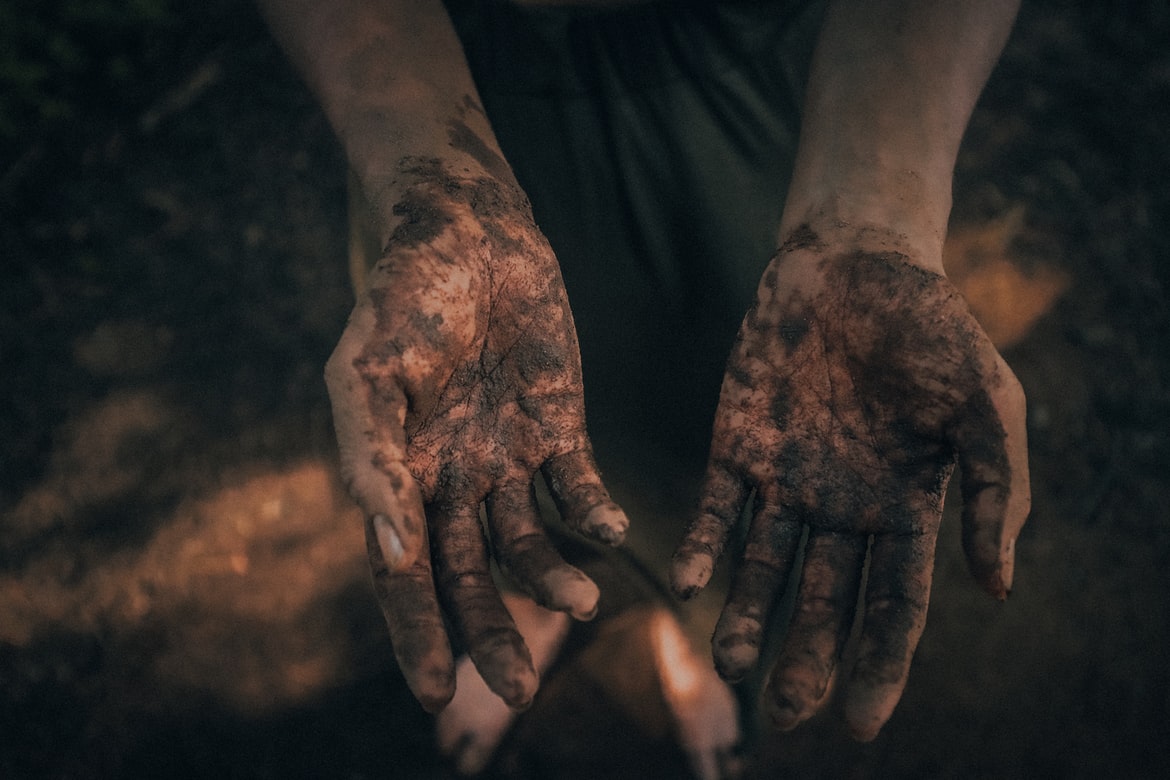
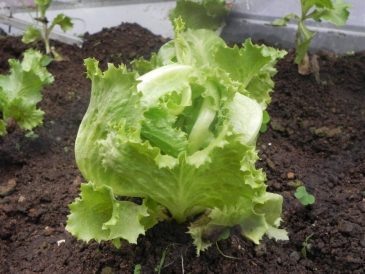
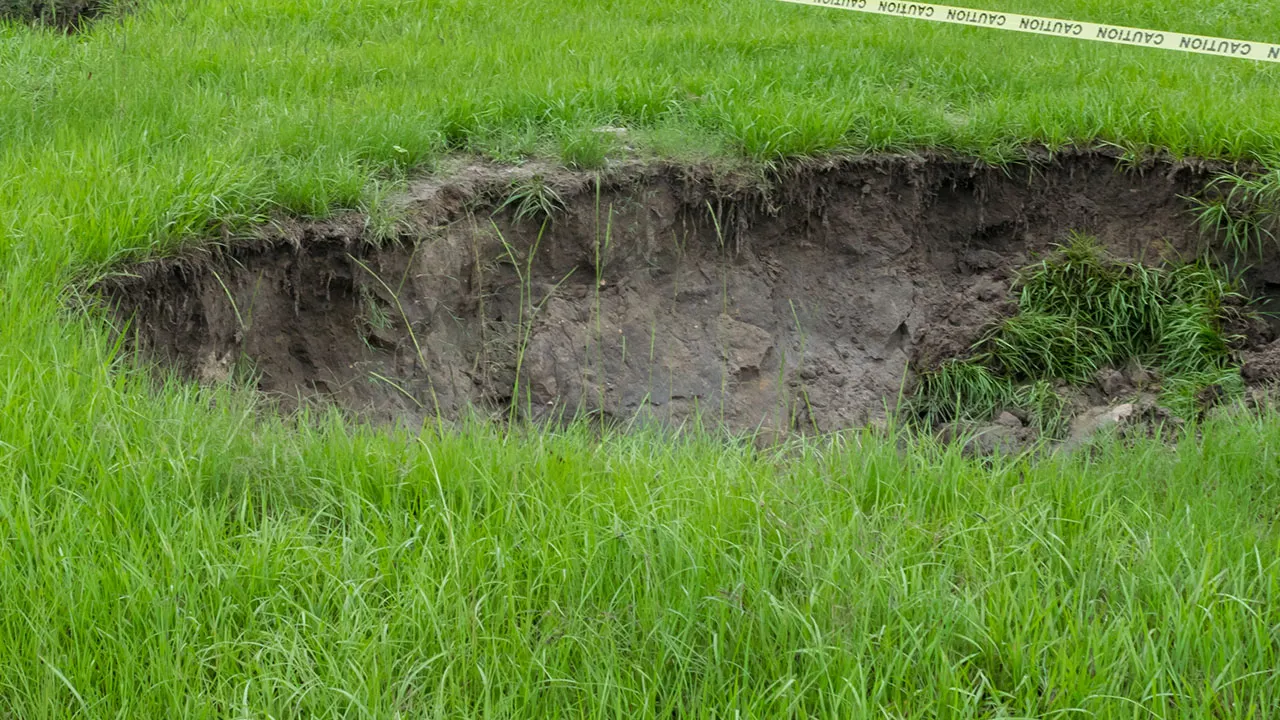
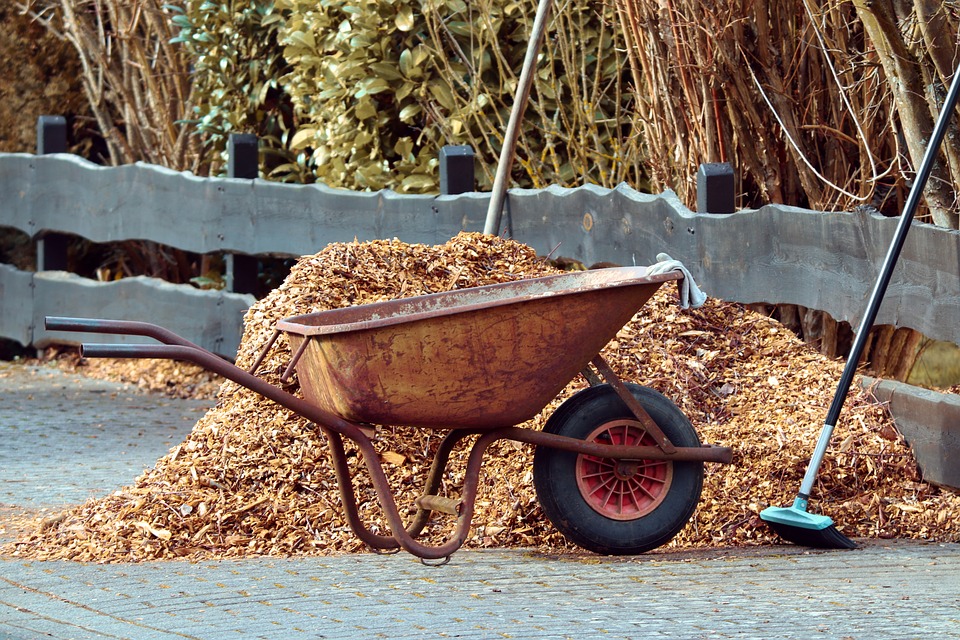

1 Comment
[…] The best way to ensure proper drainage is to use the appropriate material, which in this case is potting soil. Potting soil is made up of coarse material in the likes of pine bark and allows better water […]